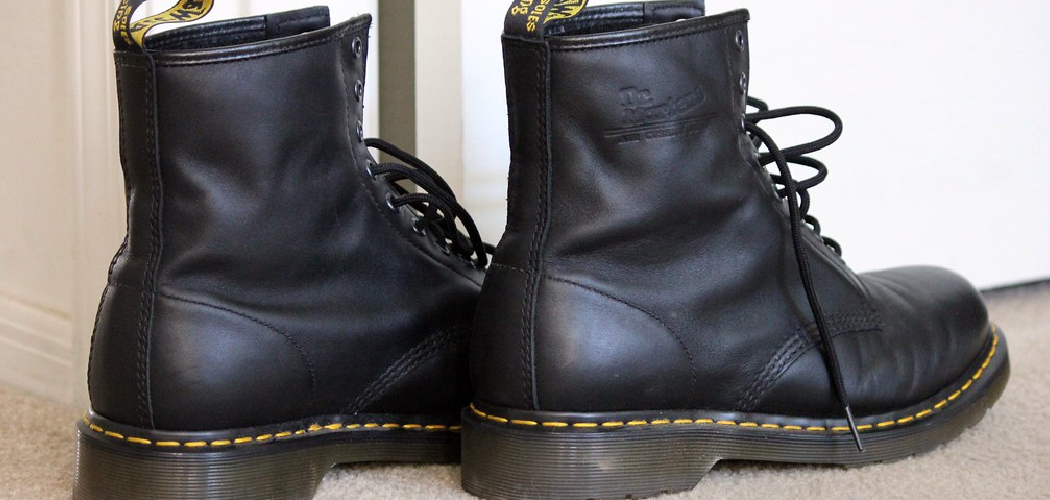Leather is a beautiful and durable material that can be used for various applications. If you’re looking to work with leather, one of the first steps is to make it smooth. This blog post will show you how to make rough leather smooth using a few simple tools and techniques. Let’s get started.
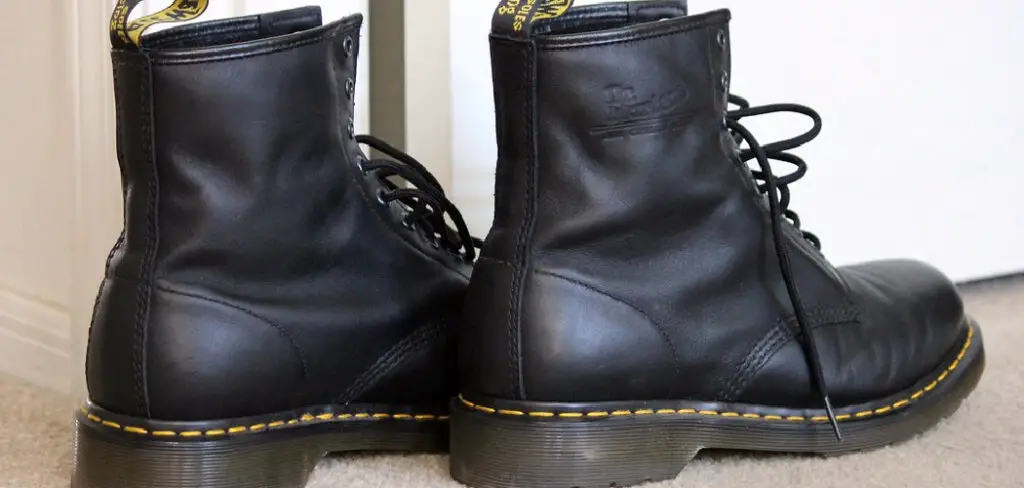
What Causes Leather to Become Rough?
There are a few reasons why leather can become rough over time. One of the most common causes is wear and tear. As leather is used, it can start to break down and become dry and brittle.
This can cause the surface of the leather to become rough. Another common cause of rough leather is exposure to the elements. If leather is left in direct sunlight or exposed to extreme heat or cold, it can start to break down and become dry and brittle. This can also cause the surface of the leather to become rough.
The other major cause of rough leather is improper cleaning and care. If leather is not cleaned and conditioned regularly, it can become dry and brittle. This can cause the surface of the leather to become rough. Lastly, if the leather is stored in an improper environment, it can also become dry and brittle. This can cause the surface of the leather to become rough.
Why It’s Important to Make Rough Leather Smooth
Making rough leather smooth is important for a few reasons. First, it makes the leather easier to work with. If you’re looking to cut, stamp, or tool leather, a smooth surface is much easier to work with than a rough one. Second, it makes the leather more comfortable to wear.

If you’re looking to make a pair of gloves or a belt, a smooth surface will be much more comfortable to wear than a rough one. Third, it makes the leather more durable. A smooth surface is less likely to tear or wear out over time than a rough one. Fourth, it makes the leather more aesthetically pleasing.
A smooth surface looks better than a rough one. Fourth, a smooth surface is less likely to collect dirt and debris than a rough one. Finally, it makes the leather easier to care for. A smooth surface is less likely to collect dirt and debris and is, therefore, easier to clean and condition.
Some Effective Ways How to Make Rough Leather Smooth
1. Use Sandpaper
One of the easiest ways to make rough leather smooth is to use sandpaper. Start with coarse grit sandpaper and work your way up to a finer grit. First, sand the leather in a circular motion. Then, sand the leather in a back-and-forth motion. Finally, sand the leather in a side-to-side motion—sand in the direction of the grain to avoid damaging the leather.
2. Use a Leather Scraper
A leather scraper is a tool that is specifically designed to remove roughness from leather. A leather scraper has a sharp, rectangular blade that is mounted on a handle.
To use a leather scraper, hold the tool in one hand and the piece of leather in the other. Place the blade of the scraper on the leather and scrape in a back-and-forth motion. If the leather is very rough, you may need to use coarse grit sandpaper before using the scraper.
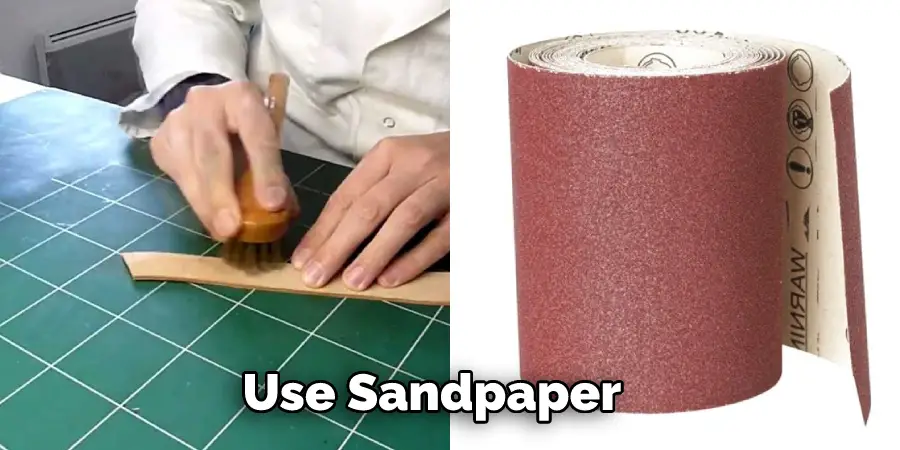
3. Use a Rotary Tool
A rotary tool is a versatile power tool that can be used for various applications, including smoothing leather. You will need a leather buffing attachment to use a rotary tool. Attach the buffing attachment to the rotary tool, and then turn on the tool. Buff the leather surface in a circular motion until it is smooth. You may need to apply additional pressure to remove stubborn imperfections.
4. Use a Commercial Leather Smoothing Product
There are a variety of commercial leather smoothing products available on the market. These products typically come in a cream, gel, or spray. Apply the product to the leather surface, then buff it in a circular motion with a clean, dry cloth. You may need to apply additional products to stubborn imperfections.
5. Use Olive Oil
Olive oil is a natural product that can be used to smooth leather. Apply a small amount of olive oil to the leather surface and then buff it in a circular motion with a clean, dry cloth. You may need to apply additional olive oil to stubborn imperfections. If you’re concerned about the olive oil leaving a residue on the leather, you can always buff it off with a clean, dry cloth after the imperfections have been removed. Avoid getting olive oil on the leather surface if you can, as it can darken the leather over time.
6. Use Linseed Oil
Linseed oil is another natural product that can be used to smooth leather. It’s made from flaxseeds and is a pale yellow color. It has a variety of uses, including as a wood finish and as a leather conditioner. Apply a small amount of oil to a clean cloth and rub it into the leather in a circular motion. Allow the oil to soak in for at least 30 minutes before buffing it to a shine with a clean, dry cloth. Repeat this process as needed to achieve the desired results.
7. Use Petroleum Jelly
Petroleum jelly is a common household product that can be used to smooth leather. Apply a small amount of petroleum jelly to the leather surface and then rub it in with a clean cloth. The jelly will help fill in cracks or crevices and make the leather surface smoother. Repeat this process as needed until the desired results are achieved. If you are working with a large area, you may need to reapply the jelly several times.
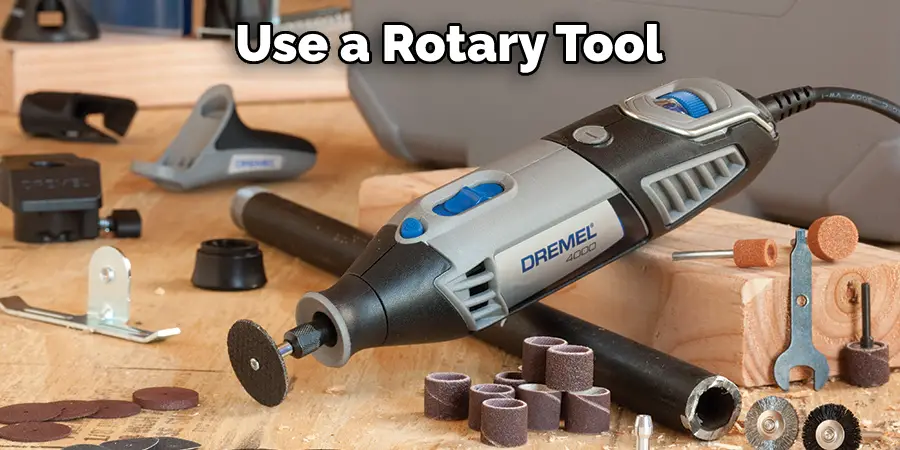
9. Use Beeswax
Beeswax is another natural product that can be used to smooth leather. It’s made from the wax of bees and has a variety of uses, from cosmetics to woodworking. You can purchase beeswax at most craft stores. To use beeswax on your leather, rub a small amount onto the surface with a clean cloth. Let it sit for several minutes, then buff it off. You may need to repeat this process a few times to get the desired effect.
10. Use Talcum Powder
Talcum powder is a common household product that can be used to smooth leather. It’s made from a variety of minerals, including magnesium silicate. When applied to leather, it can help to fill in any cracks or creases. It’s also absorbent, so it can help soak up any moisture causing the leather to swell. Using talcum powder, apply it to the affected area with a clean cloth. Gently rub it in, then allow it to sit for a few minutes. Wipe away any excess powder with a dry cloth, then buff the leather to a shine.
11. Use Cornstarch
Cornstarch is another common household product that can be used to smooth leather. It’s made from the starch of corn kernels and is a white powder that’s commonly used as a thickening agent in cooking.
When mixed with water, it forms a paste that can be used to fill in scratches and smooth out rough surfaces. To use cornstarch to smooth leather, mix equal parts cornstarch and water together to form a paste. Apply the paste to the leather surface with a soft cloth and rub it in until the surface feels smooth. Allow the paste to dry for a few hours before buffing it off with a dry cloth.
12. Use Dryer Sheets
Dryer sheets are an unlikely but effective tool for making leather smooth. The fabric softener in the sheets helps to fill in scratches and creases, making the surface of the leather much smoother. First, make sure that the leather is clean and dry. Next, take a dryer sheet and rub it over the surface of the leather in a circular motion. Finally, buff the leather with a clean cloth to remove any excess fabric softener.
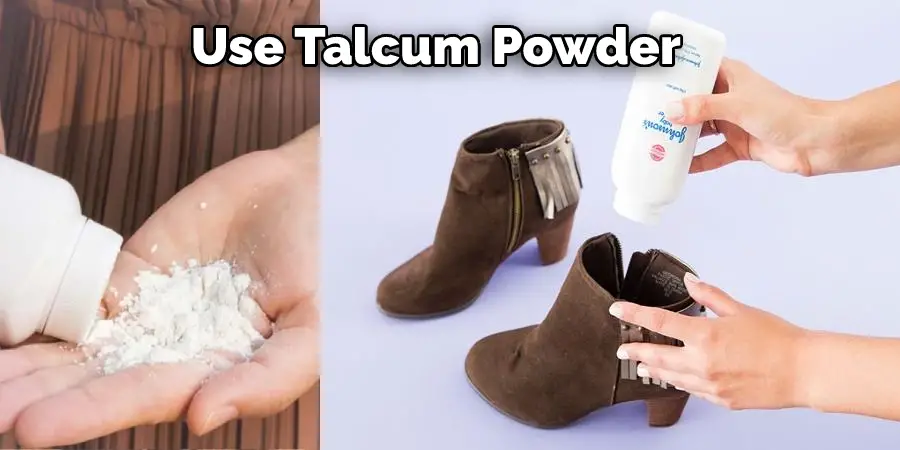
Tips and Warnings on How to Make Rough Leather Smooth:
Tips:
- Be sure to clean the leather before you start. Any dirt or debris will only make the problem worse.
- If the leather is very dry, you may want to condition it first. This will help to restore some of the natural oils that have been lost over time.
- Always test any products that you intend to use in a small, inconspicuous area first. This will help to ensure that there are no adverse reactions.
- Work in small sections and follow the directions on any products you use.
- Be patient and take your time. This is not a process that can be rushed.
Warnings:
- Never use sandpaper or any other abrasive material on leather. This will only damage the surface.
- Avoid using harsh chemicals or cleaners. These can be very damaging to leather.
- Be careful when using heat to smooth leather. Too much heat can cause the leather to become brittle and break.
- Never force anything into place. If something is not working, stop and try another method.
Frequently Asked Questions
Can Leather Be Smoothed Out?
Leather can be smoothed out, but it is not always easy and it may not be permanent. There are a few methods to try: boiling water, using a hairdryer, or using a leather care kit. Boiling water can soften the leather and make it more pliable. However, boiling water can also cause damage to the leather if used incorrectly, so it is important to follow the instructions carefully.
A hairdryer can also soften the leather and make it more pliable. However, this method is not always effective, as leather may become stiff again once the heat has been removed. Furthermore, using a hairdryer can be dangerous if it is not used correctly – overheating the leather can cause it to burst.
A leather care kit can provide additional help in restoring the suppleness of leather. This kit may include products such as a cream or oil, which can help to soften the leather and restore its original texture.
Should I Oil the Rough Side of Leather?
There is no scientific basis to the belief that oiling the rough side of leather will make it more supple or durable. In fact, oiling can actually damage the leather and make it less supple and less resistant to wear and tear. Instead of oiling the rough side of leather, it is better to treat it with a lubricant that is specifically designed for leather, such as a conditioner or protector.
Is Vaseline Good for Leather?
The effects of Vaseline on leather may vary depending on the type and condition of the leather. Some people believe that Vaseline can protect leather from moisture and damage, while others believe that it can actually cause damage to the leather due to its petroleum-based ingredients. Ultimately, it is important to test a small amount of Vaseline on a small piece of leather before applying it to a larger area to ensure that it will not cause any negative consequences. If you are still concerned about using Vaseline on your leather items, it may be best to consult with a professional leather care specialist who can advise you on the best way to care for them.
Does Oil Damage Leather?
Leather is a durable material, but like all materials, it can be damaged by oil and other substances. Oil can damage the leather by making it brittle and reducing its water resistance, which can lead to water damage and eventual deterioration. Other substances that may damage leather include paint, solvents, and other chemicals. If you notice any signs of oil or other substance damage to your leather items, it is best to take them to a professional for assessment and repair.
Conclusion
So now you know how to make rough leather smooth! Just remember to take your time, be patient, and follow the directions on any products you use. With a little effort, you can have smooth, soft leather that looks great and feels amazing. Thanks for reading.

